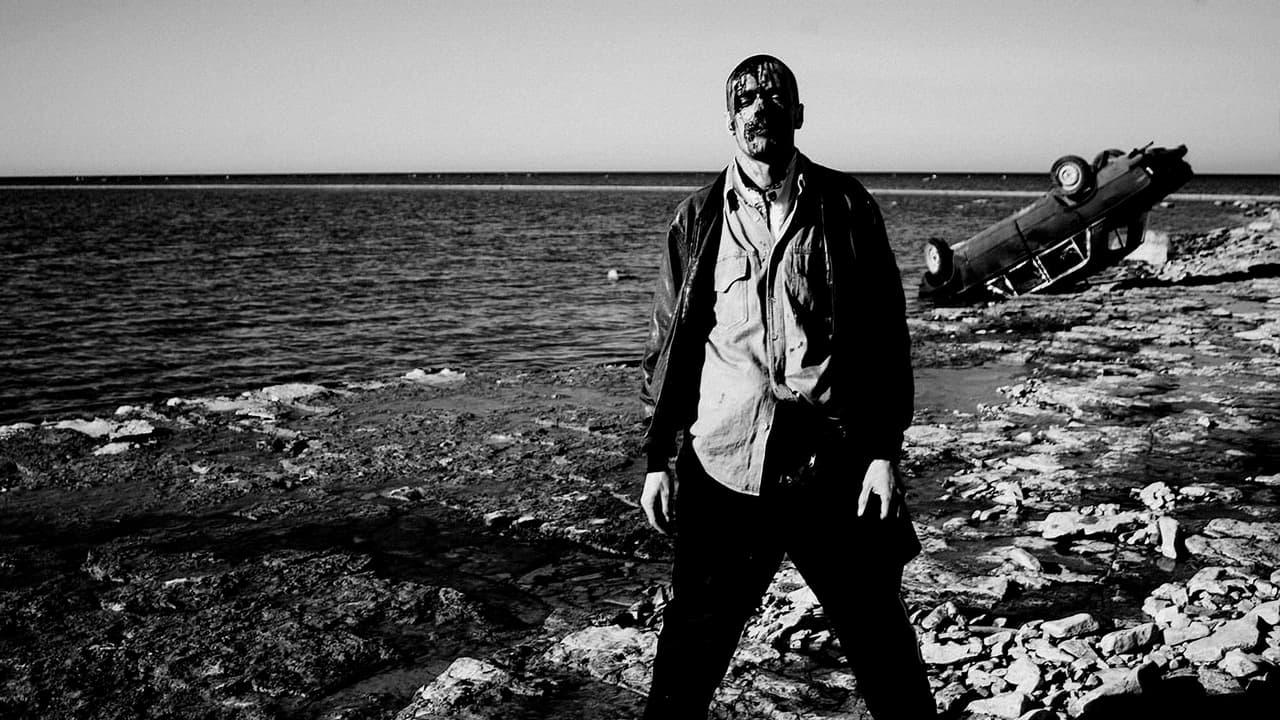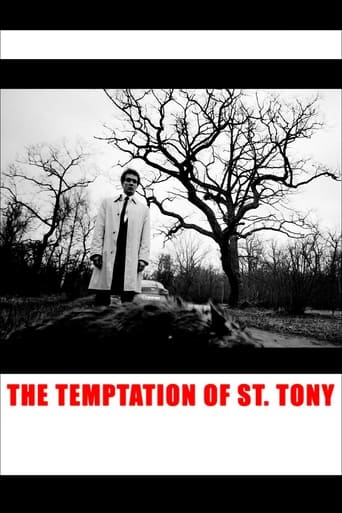

I have to agree with all of the previous Positive reviews (only 6 right now...) with the references to Roy Anderson, Kubrick, Buñuel and Tarkofsky - I also thought superficially of Eraserhead by David Lynch. Shot in black and white, except for his Bentley and modern house, this film looks like it could have been made in the 1960s. A masterful effort, disturbing but with "painterly" composition and good acting. Some of the references, religious and otherwise (like a black dog he accidentally hits with his car, then reappears alive, only to be killed by his wife), escape me, but I would definitely see this a second time. I'm amazed a film like this can be so ignored and unknown.
... View MoreTõnu (Tony) works under the thumb of an Estonian industrialist with the bearing and manner of an ape, and comes off as a curly-haired space cadet accountant. This film, in which he plays the central character, is a rather blatant anti-capitalist farce. There are overt references to Buñuel's Viridiana (a glorious updated tramp's banquet), and on consumption and the commodification of sexuality, to Pasolini.The style overall though one might suggest is closer to Roy Andersson, with black humour drawing frequent guffaws from the audience, characters stewing in an oblivion of self-absorption, and Christian religious themes. Perhaps the humour is even self-reflexive, at one point Tõnu sits in a vast auditorium watching a drab staging of Chekhov's Uncle Vanya. A speech from Astroff is the most important, 'The peasants are all alike; they are stupid and live in dirt, and the educated people are hard to get along with. One gets tired of them. All our good friends are petty and shallow and see no farther than their own noses; in one word, they are dull. Those that have brains are hysterical, devoured with a mania for self-analysis. They whine, they hate, they pick faults everywhere with unhealthy sharpness. They sneak up to me sideways, look at me out of a corner of the eye, and say: "That man is a lunatic," "That man is a wind-bag." Or, if they don't know what else to label me with, they say I am strange.' The audience watching the play one feels are learning nothing from the lesson presented, and perhaps the audience watching the audience nothing either. I'm not convinced either Õunpuu or Chekhov show people as being able to change. Tõnu worries about minutiae, for example whether a bleeding man will ruin the white leather seats of his trophy car, too concerned with liability and what he might lose to move, stuck in a bourgeois straitjacket. When did doing good become so hard? Just to warn you that there are scenes of nastiness in the movie that may have stopped me watching the movie if I had known about them. They are generally to do with cannibalism.My favourite scene may be the slow track in the dilapidated church, plaster peeled, frescoes gone, worshippers gone. I think that probably about sums the malaise up.Subtlety and craft are occasionally lacking, but after the film I felt I was more humanised and so I give it top marks. Walked out feeling incredibly spooked.
... View MoreA film that follows the travails of a middle management guy through a black-and-white Estonia, leading from funerals to swamps to theatres, from dinner parties to ruined churches and a cannibal cabaret nightclub.This is an unusual and original film... whilst it has echoes of film-makers such as Roy Andersson or Bela Tarr, it is also clear that Ounpuu has his own original voice to develop. In a few places the surrealism or absurdism seemed, to me, a bit forced or self-conscious,but in many places the film is truly unique, funny, disturbing, odd, dreamlike and poignant. An unhoned, rough talent maybe, but a big one.. I'll look forward to his next film...
... View MoreNew Õunpuu's film is a real jewel in contemporary cinema. It confirms his bright talent and distinctive sense for storytelling. "Temptation of St. Tony" is full of epic scenes which (one day) might get praised as some of the highest cinema peaks of our time. Leading you trough the dark corridors of mankind director awards the viewer after each corner with such visual brilliancy that you can't get irrelevant. Cinematic language of "Temptation of St. Tony" is closer to classics like Antonioni, Bunuel or Tarkovsky than to contemporary film making styles. After "Sügisbal" and "St. Tony" it's sure that we have a new, complete author on cinematic stage. Let's celebrate.
... View More